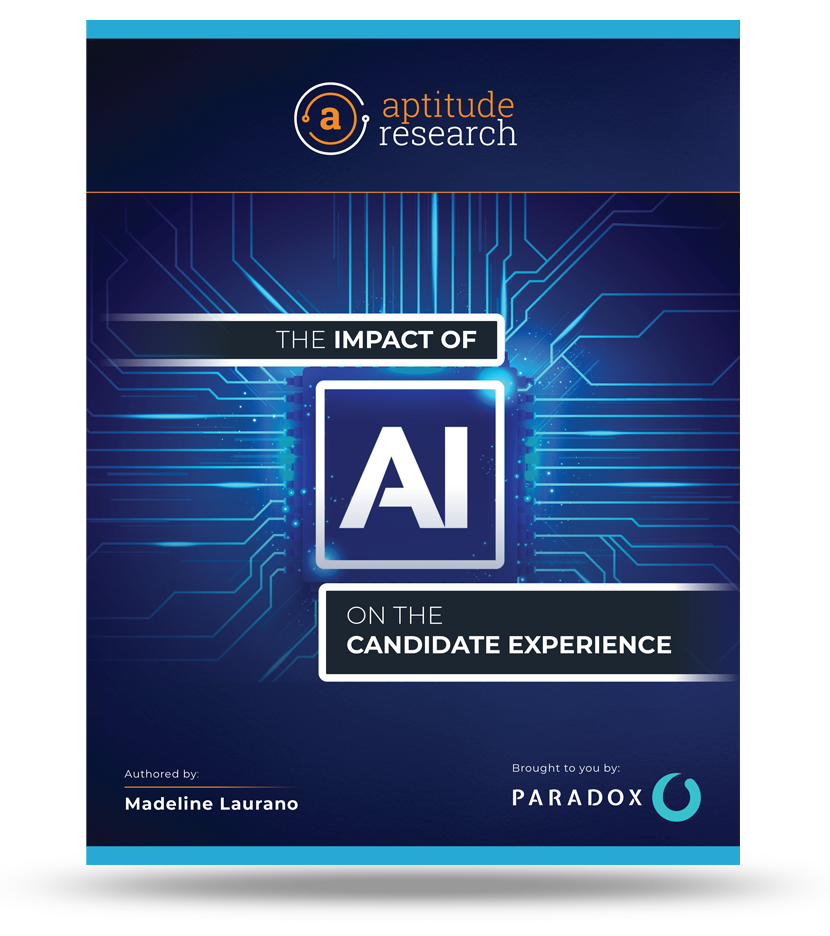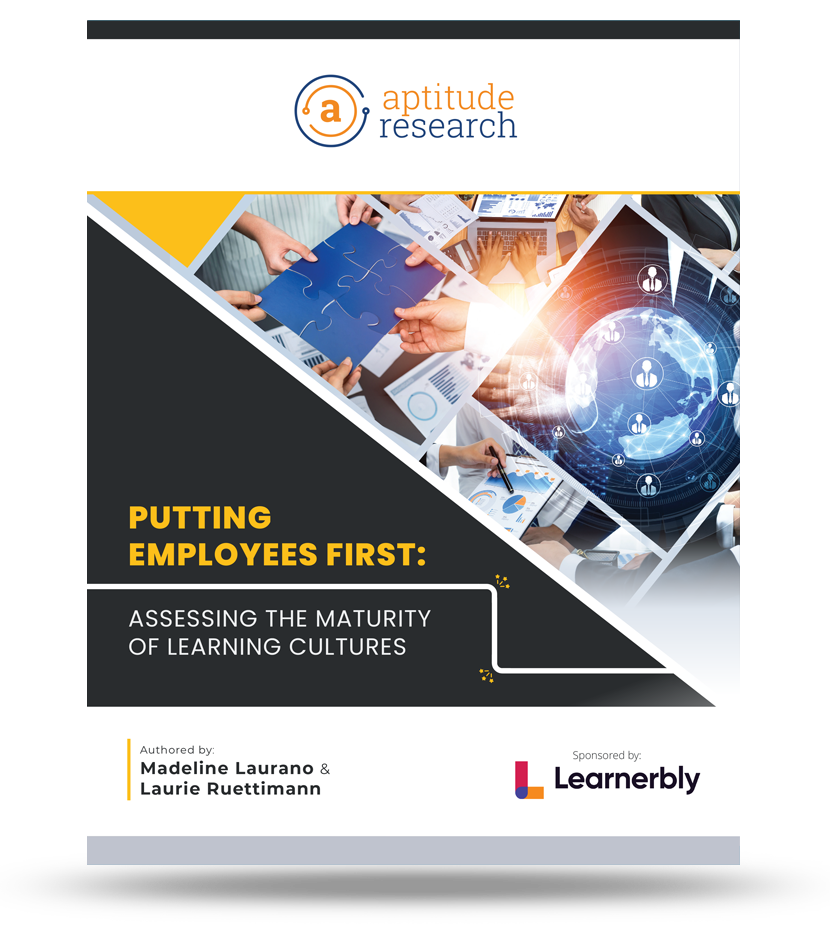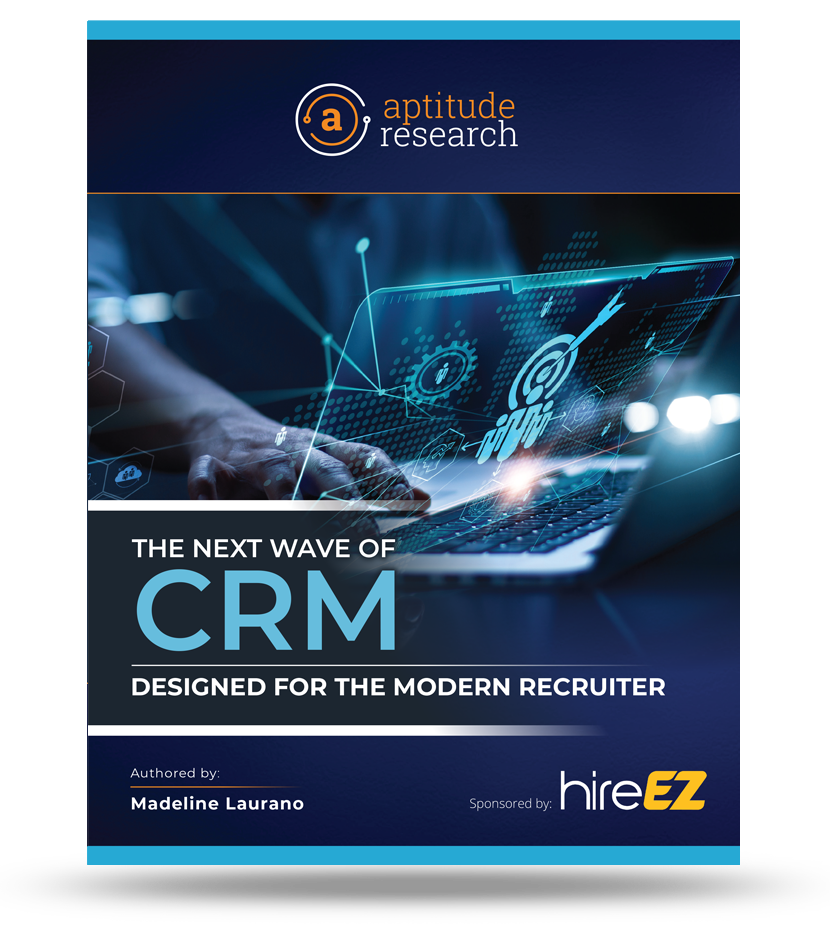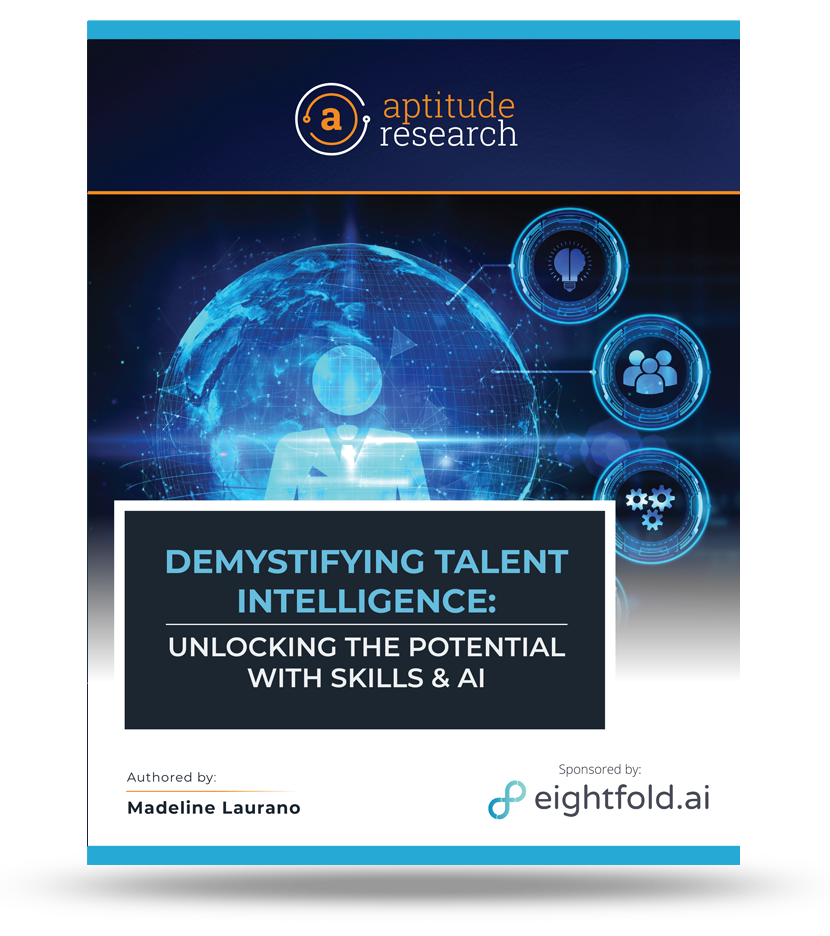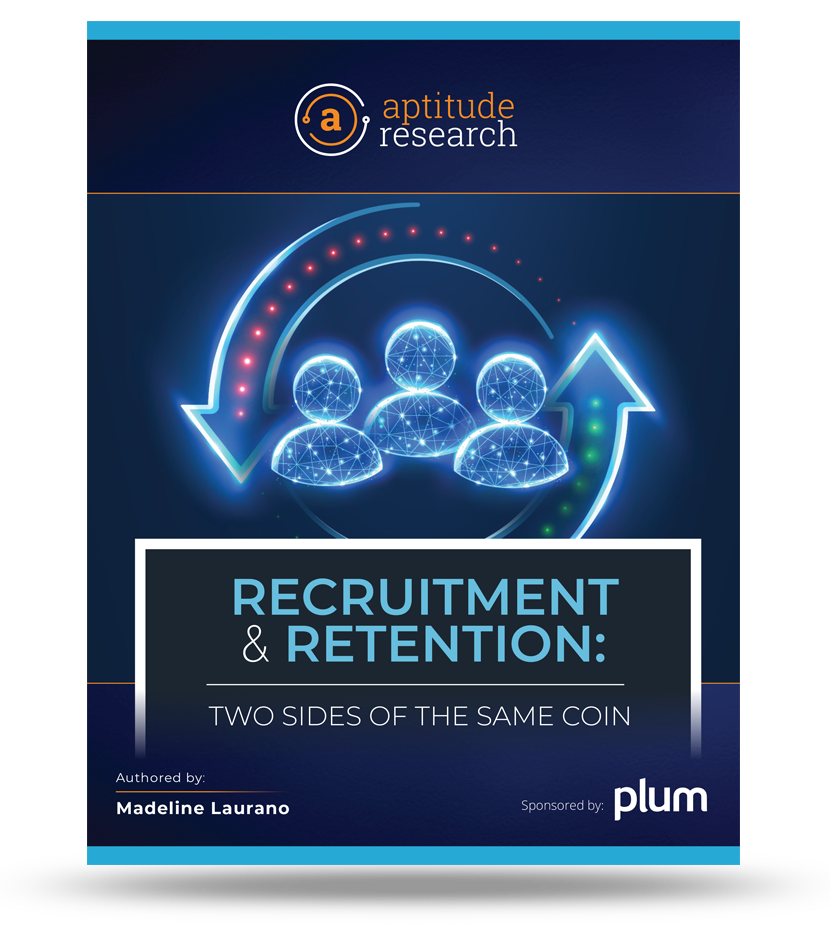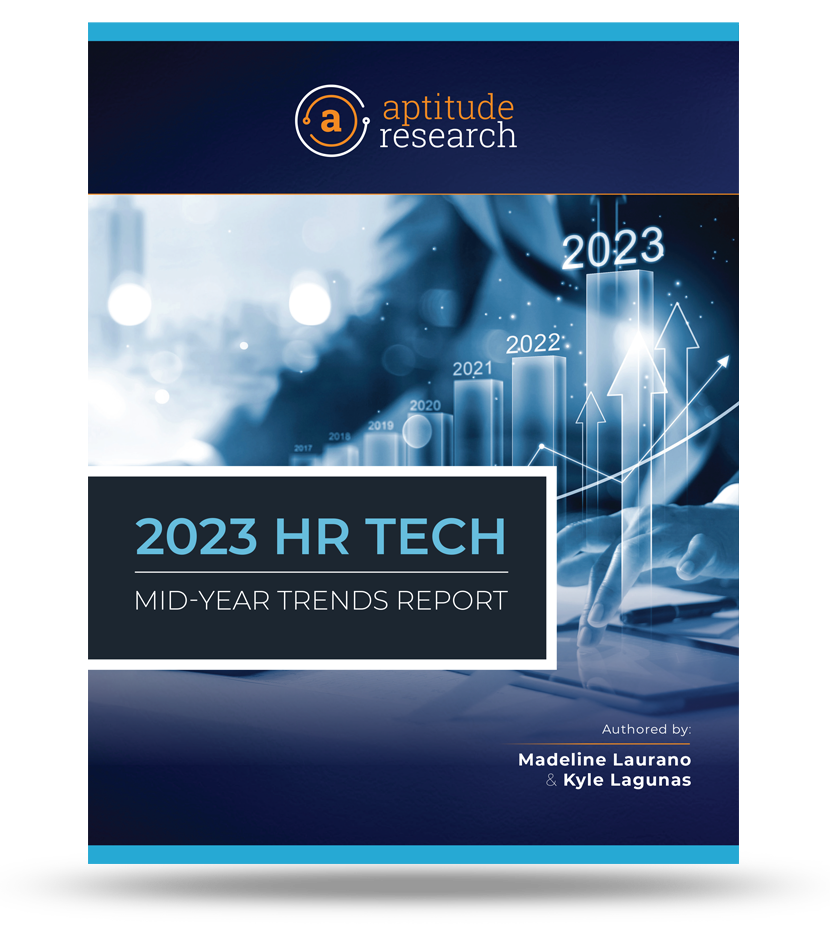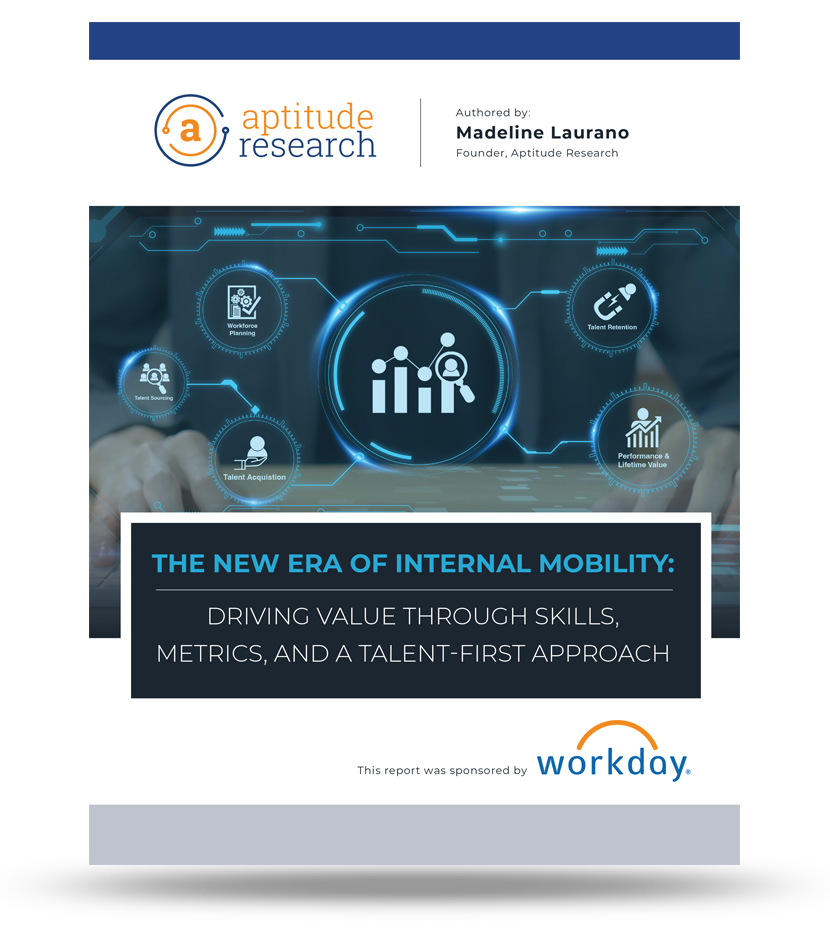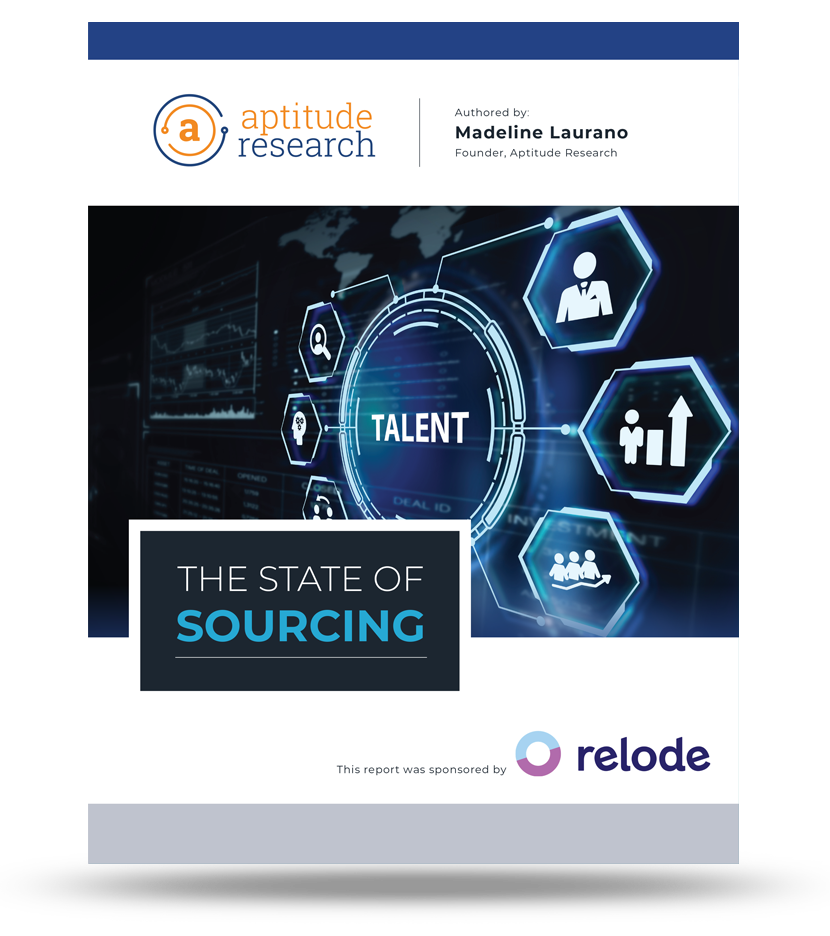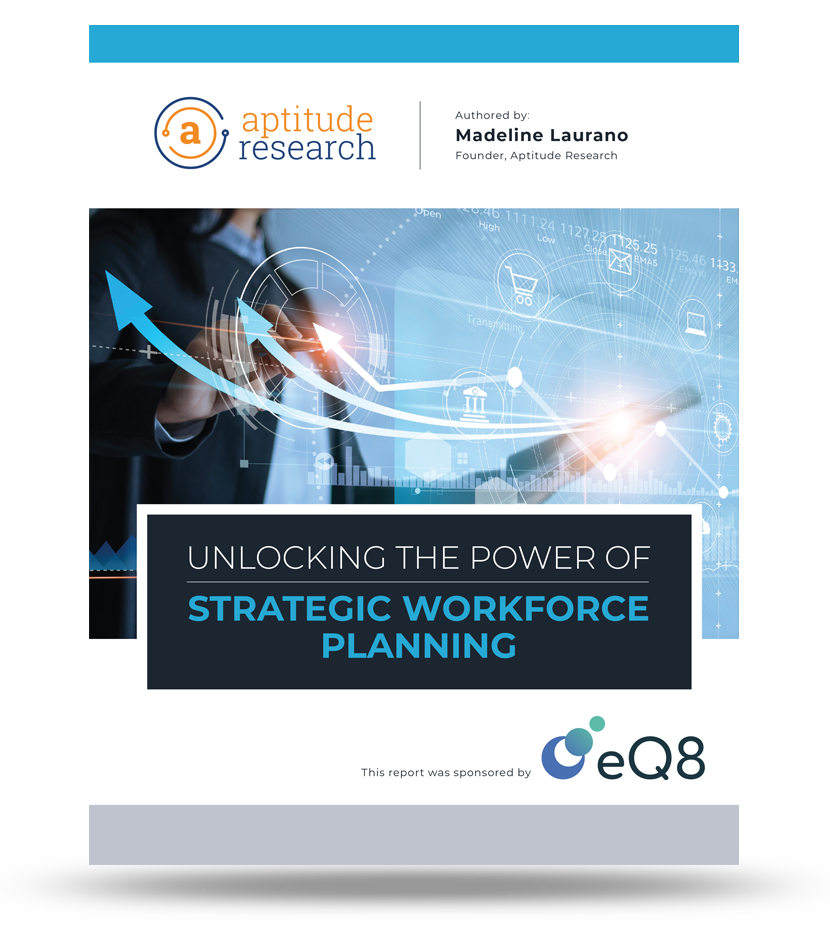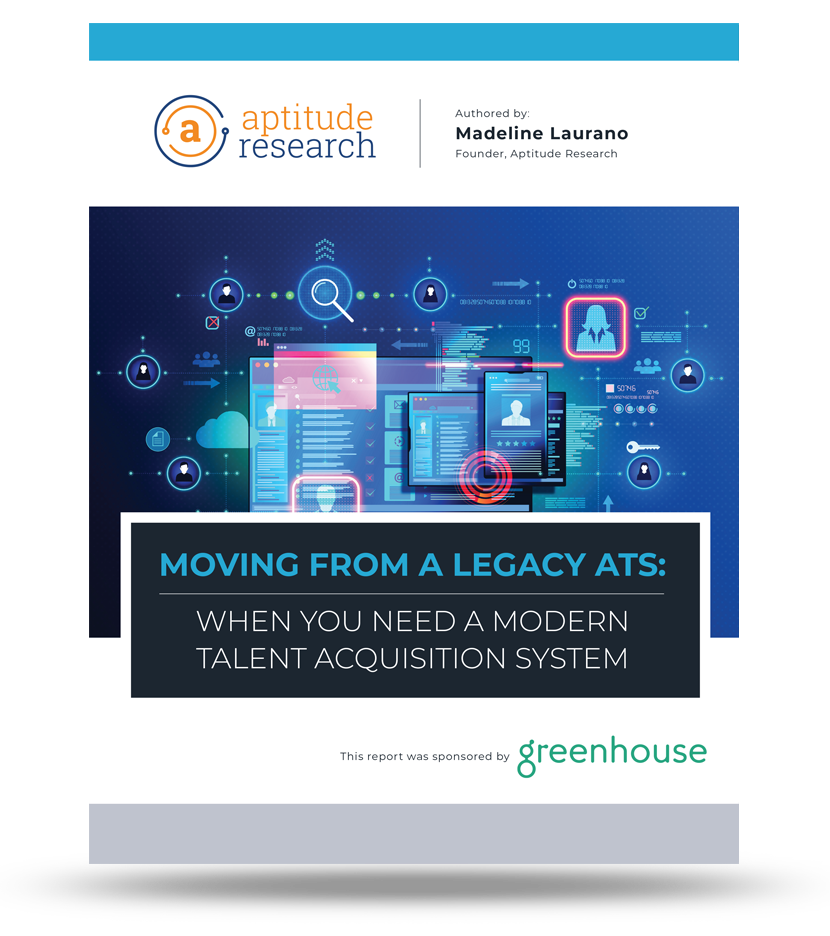In today’s competitive landscape, offering a connected and satisfactory candidate experience is more than a courtesy— it’s a strategic necessity. Despite a decade of focus, companies still grapple with delivering a seamless journey due to resource constraints. This study reveals that 65% of candidates experience inconsistent communication and 82% lack trust in the process.
But recent advancements in AI are proving to be a game-changer when it comes to improving and optimizing the candidate experience.
This report explores the existing pain points faced by both recruiters and candidates, unveils areas for improvement, and iIlluminates AI’s role in promoting fairness, transparency, and humanity throughout the process.
